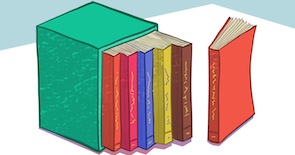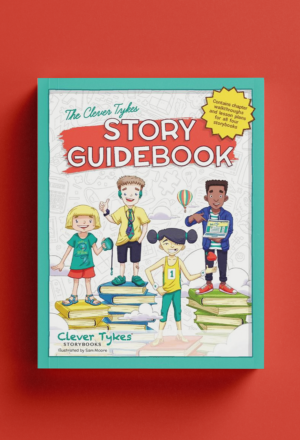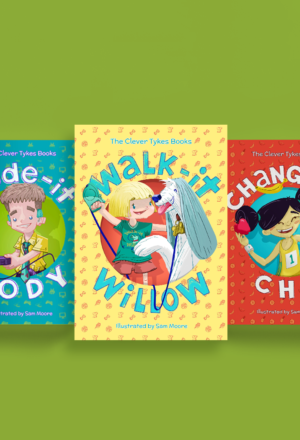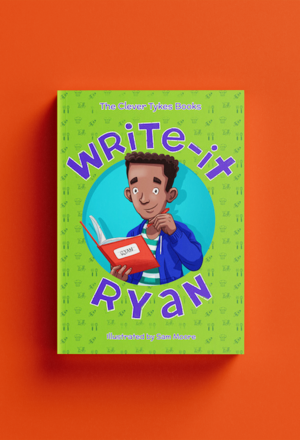Parents and teachers alike, we all want to ensure our kids have the best reading material. But let’s face it, the quality of children’s books, especially those used in primary or elementary schools, can be a bit of a mixed bag. Some sparkle with literacy gems, fostering not just reading skills but a thirst for knowledge, while others… well, let’s just say they might not inspire the next generation of bookworms.
Often, primary-level reading books are laser-focused on following a structured reading level protocol, which is important, sure. But are we missing something here? Could there be other factors that play into our little ones’ learning and personal growth? Let’s dive in.
Primary school reading books
Children develop their reading skills by reading more and more challenging texts. Most education systems have some kind of ranking system that describes the reading level of a book.
Reading levels and schemes
Schools adopt a tiered reading scheme, assigning books a colour band that relates to a specific reading level. These coloured bands enable parents, teachers and kids quickly identify a book they’ll find easy or challenging to read.
As levels progress, children encounter more complexity in one way or another. This might be more text for every picture, smaller text, bigger words, longer multi-clause sentences, longer stories, more complex sentence structures and increasingly difficult nouns, verb and adjectives. There are many variables!
Guided reading for kids
If children are reading often and pushing their abilities, with the right support, they will improve their skills. This is why the “guided” part of guided reading is so important in the early stages and it’s no surprise that children who spend more time reading with their parents tend to have higher IQs as well as reading ability. So it begs the question, should we rely so heavily on the colour-coded, levelled reading books we’re all so used to? Could our children be learning more from books with more meaning than books designed to help them read better?










